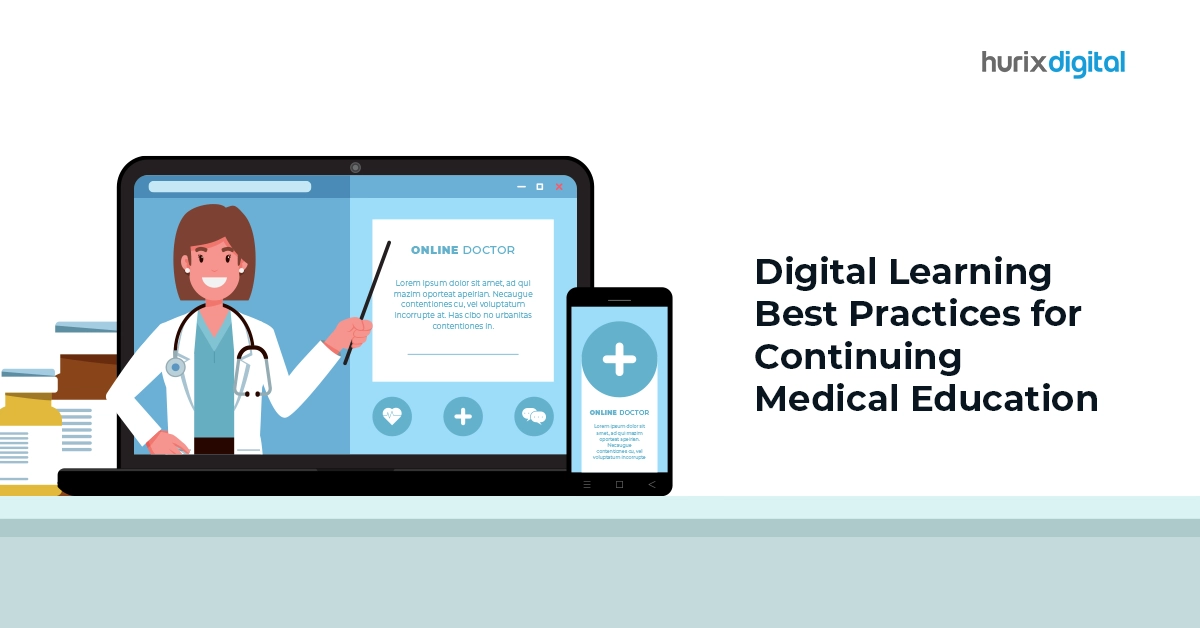In this form of learner-centered instruction, students are given a task to solve. By resolving the current issue, the students get fresh perspectives and information.
Q: What is Problem Based Learning (PBL)?
A: By the use of case studies or real-world situations, problem-based learning encourages students to think critically, solve challenges, and work together.
Q: How does PBL work?
A: PBL involves giving pupils a problem or scenario from real life and encouraging them to work together to come up with answers. Students are directed by a facilitator who helps to arrange the learning process and provide feedback on their progress.
Q: What are the benefits of PBL?
A: PBL encourages the development of collaborative, critical thinking, and problem-solving abilities, which are crucial for success in a variety of vocations. Also, it aids in the development of students’ knowledge of the material and its relevance to everyday life.
Q: What kind of subjects or disciplines is PBL suitable for?
A: PBL is applicable to a variety of topics and fields, including business, engineering, medical, law, and education. It is especially helpful for disciplines that call for hands-on learning and real-world applications.
Q: What role does the teacher or facilitator play in PBL?
A: By directing the learning process, giving feedback, and assisting students in developing critical thinking and problem-solving abilities, the instructor or facilitator plays a significant role in PBL. They also help to frame the learning experience and stimulate group conversations.
Q: How is PBL different from traditional classroom learning?
A: PBL is distinct from standard classroom instruction since it emphasizes real-world issues and empowers students to actively participate in their own learning. Additionally, it encourages group collaboration and cooperation over solitary competition.
Q: What are some common challenges of implementing PBL?
A: Some common challenges of implementing PBL include difficulty in finding appropriate problems or scenarios, managing group dynamics, and assessing student learning and progress.
Q: How can technology be used to support PBL?
A: Finding appropriate problems or situations, controlling group dynamics, and gauging students’ learning and progress are a few major implementation issues for PBL.





